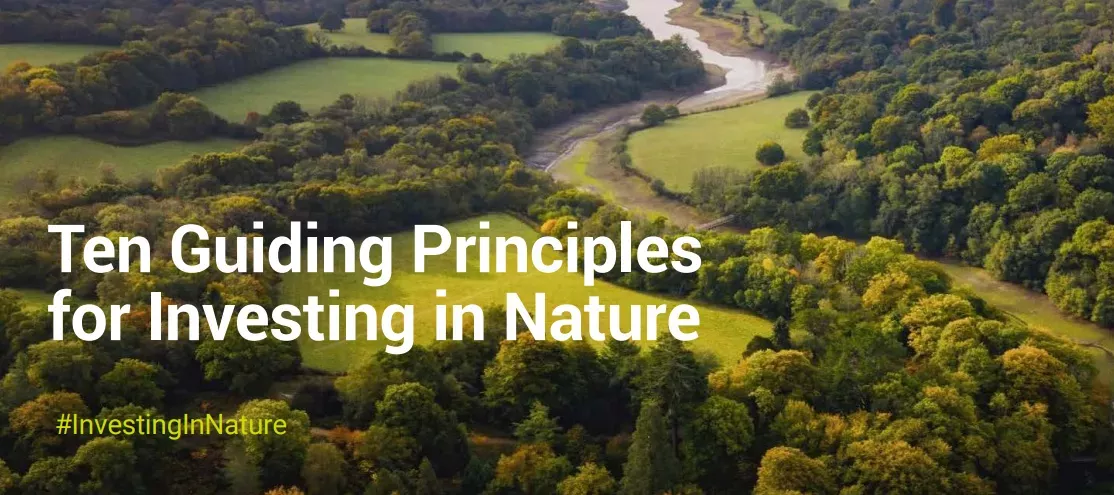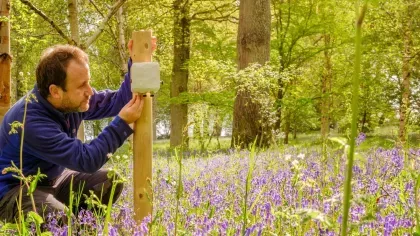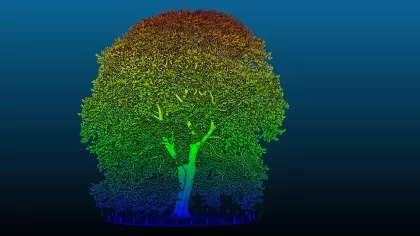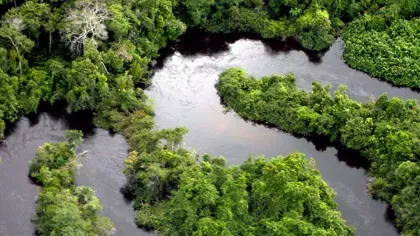19 April 2023
Kew's 10 guiding principles for investing in nature
Whether its reaching net zero or achieving goals further beyond, these are the ways that investing in nature can get you there.

Economics and the natural world are inseparable. Over half of what we consider monetary worth - GDP (Gross Domestic Product) - is thought to hinge on the future of our planet, with businesses dependent on the many services its ecosystems gift to us.
Without a future with a stable climate and thriving biodiversity, we can’t have economics.
Our planet relies on business to work with nature now on the hunt for achieving and climbing above the benchmarks set by our global climate and sustainability goals.
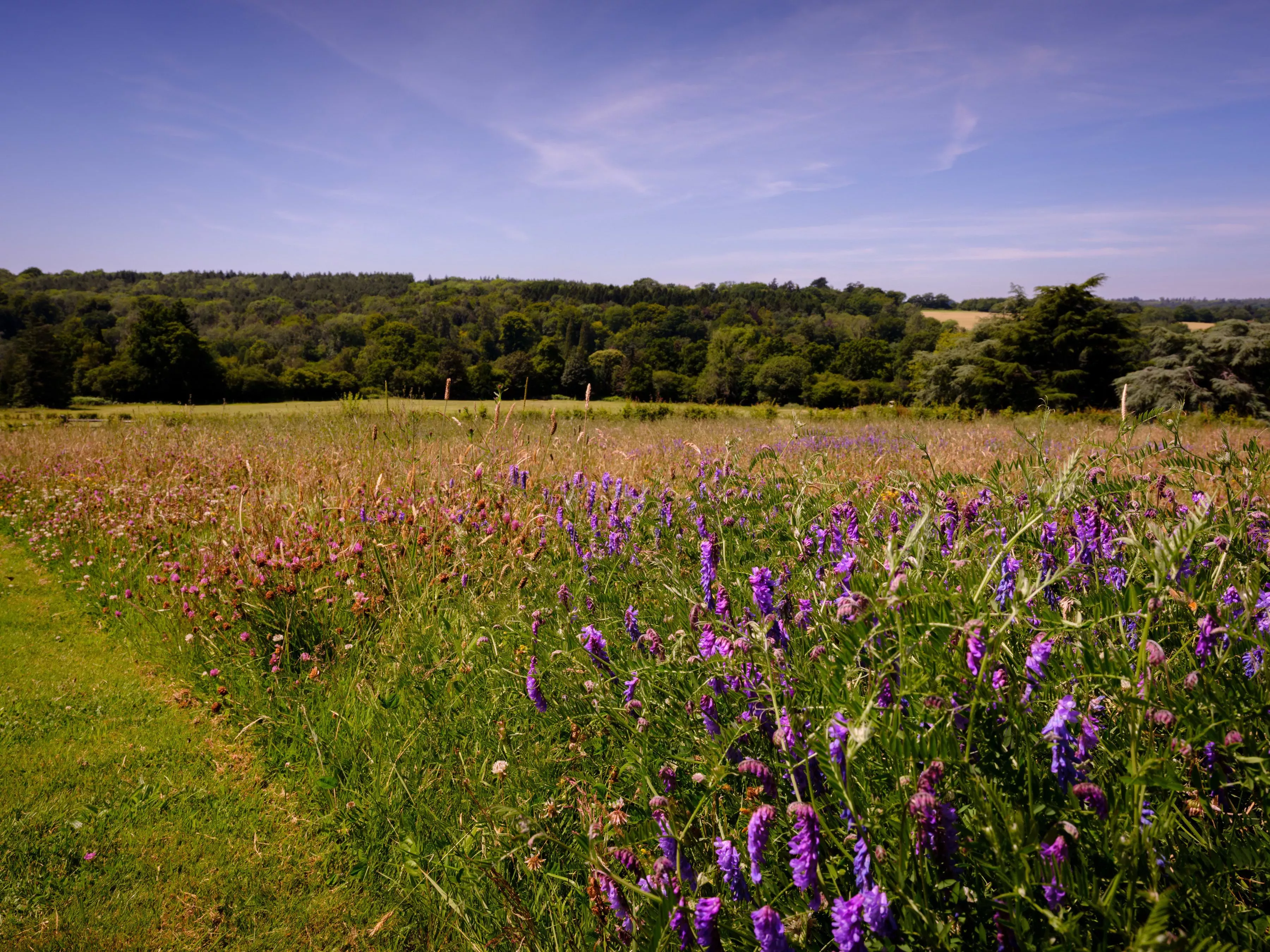
Here at Kew, our Nature Unlocked project is researching and sharing the value of the UK’s biodiversity. Through this, we’re working with corporate partners to support science-led nature-based investments with the potential to store carbon, enhance biodiversity, and provide long-term benefits to people, all while giving the essential consideration to communities and land rights involved.
We’ve combined our broad partnerships experience from working with property developers to support pollinators and wellbeing, through to studying the carbon storage potential of different landscapes, to craft a list of essential principles for scientifically sound investments in nature.
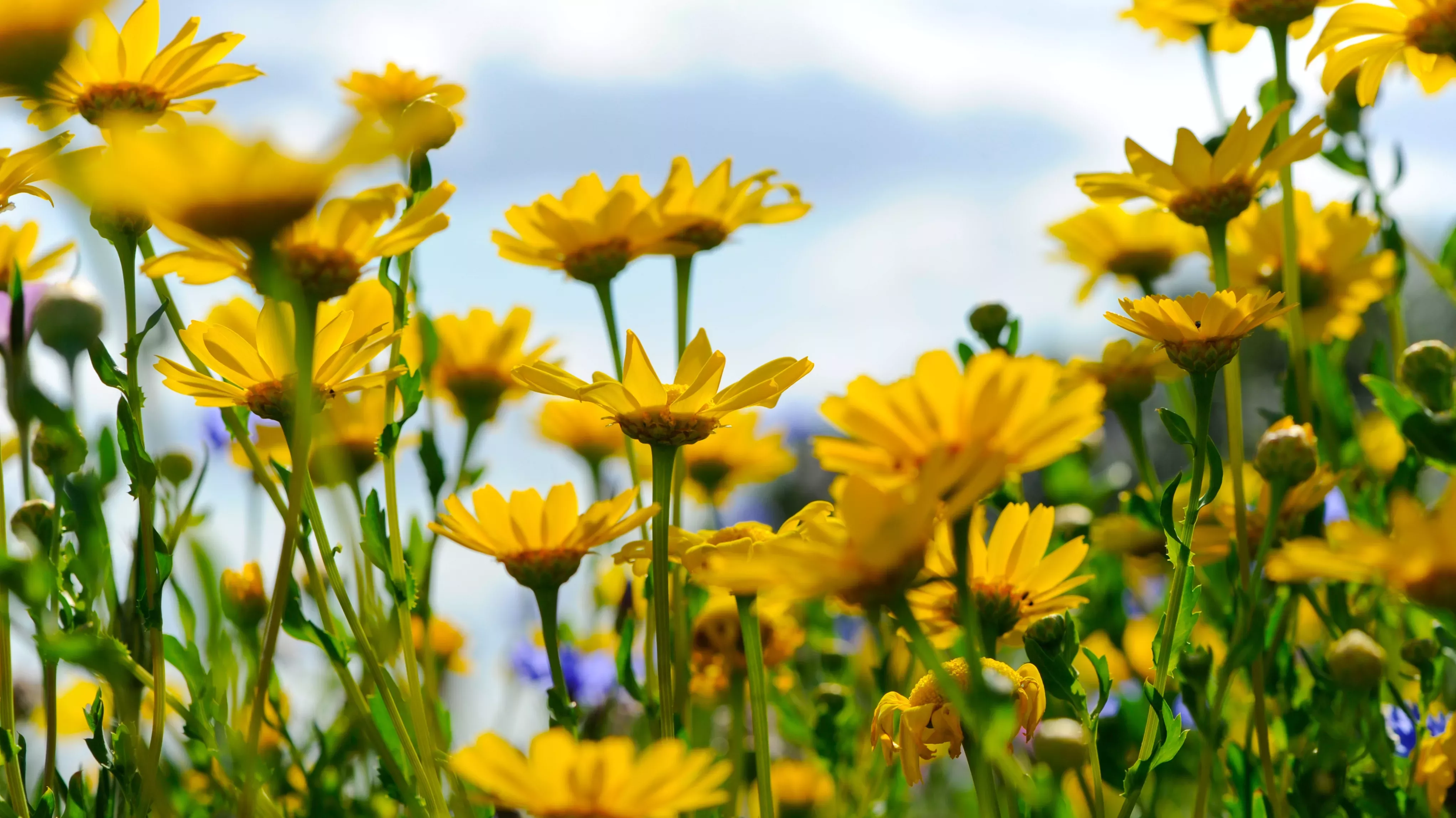
1. Take a holistic approach – consider the whole ecosystem for nature and people
Changing one thing alone in a natural system will always have an effect on, or be effected by something else. For example, it’d be impossible to recover an area of peatland without taking into consideration a surrounding mosaic of cropland affecting the soil and water table. It’s imperative to balance the needs of nature, people and climate together.
2. Creative multiple positive impacts – avoid negative impacts
Making the real change is possible by carefully considering the resources you have to work with and those with the knowledge you’re seeking. Meaningful engagement with stakeholders such as regional workers and Indigenous Peoples can lead to generation-lasting education, health and economic improvements as well as wildlife ones. Likewise, aiming to support multiple habitats – grasslands, peatlands, wetlands, freshwater - can make a huge difference. Each has unique assets to support wildlife and human needs together.
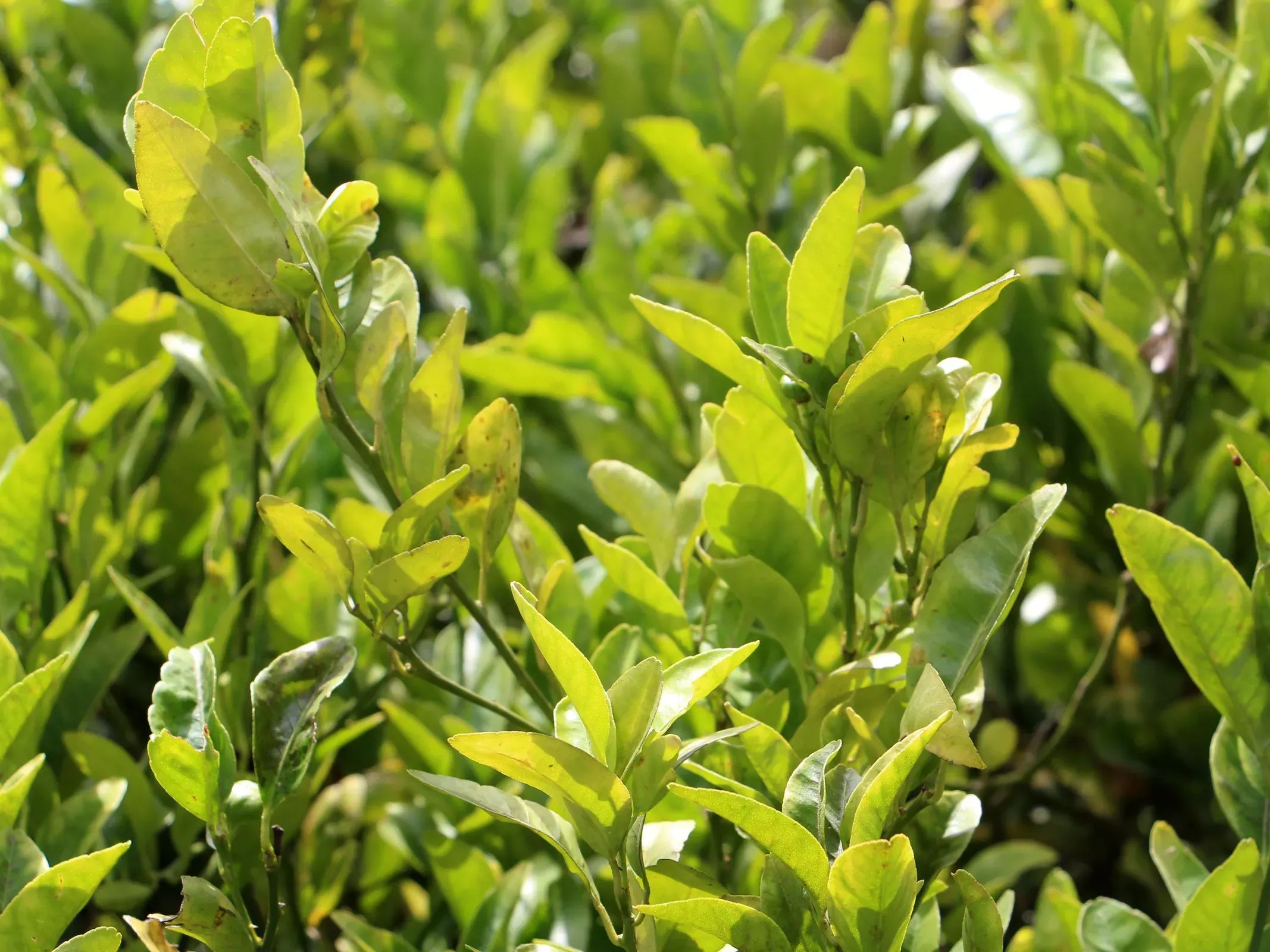
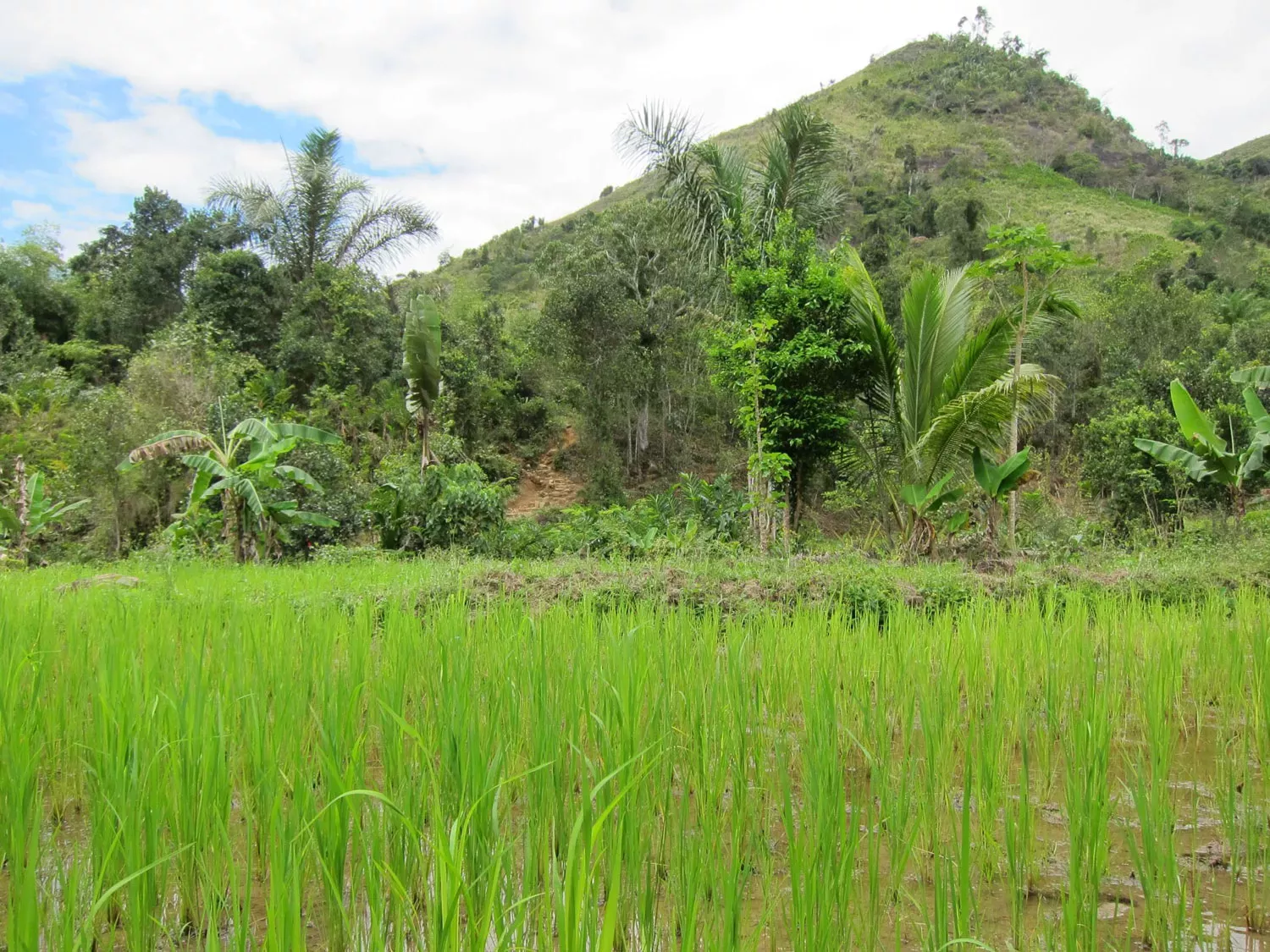
3. Plan for the long term
As lovely as it might be, there is no such thing as a quick and easy fix. Lasting legacies will come from those who invest in projects that track changes in outcomes and stakeholder needs over time, and adjust accordingly. A well-planned scientifically monitored approach will be what keeps us away from the dangerous environmental tipping points lurking on the horizon.
4. Build in climate resilience and adaptation, from day one
The more species an ecosystem has, the more resilient it’ll be. In reforestation, restoring mixed vegetation as well as planting trees is far more valuable for holding carbon and rebuilding biodiversity than a monocultures. Local land managers and communities offer the best insights into the way that resources have been used in the past, and how ecosystems once stood.
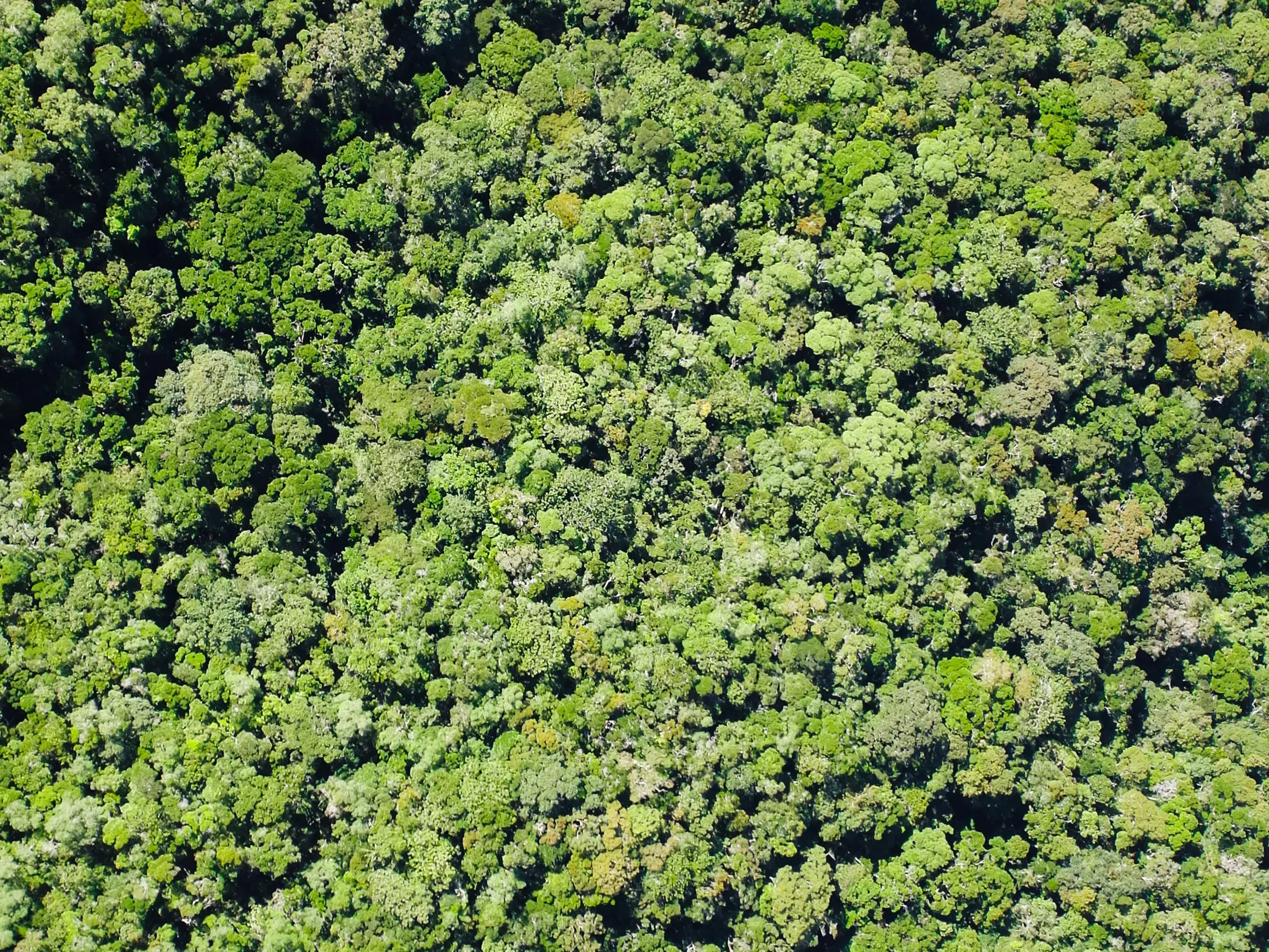
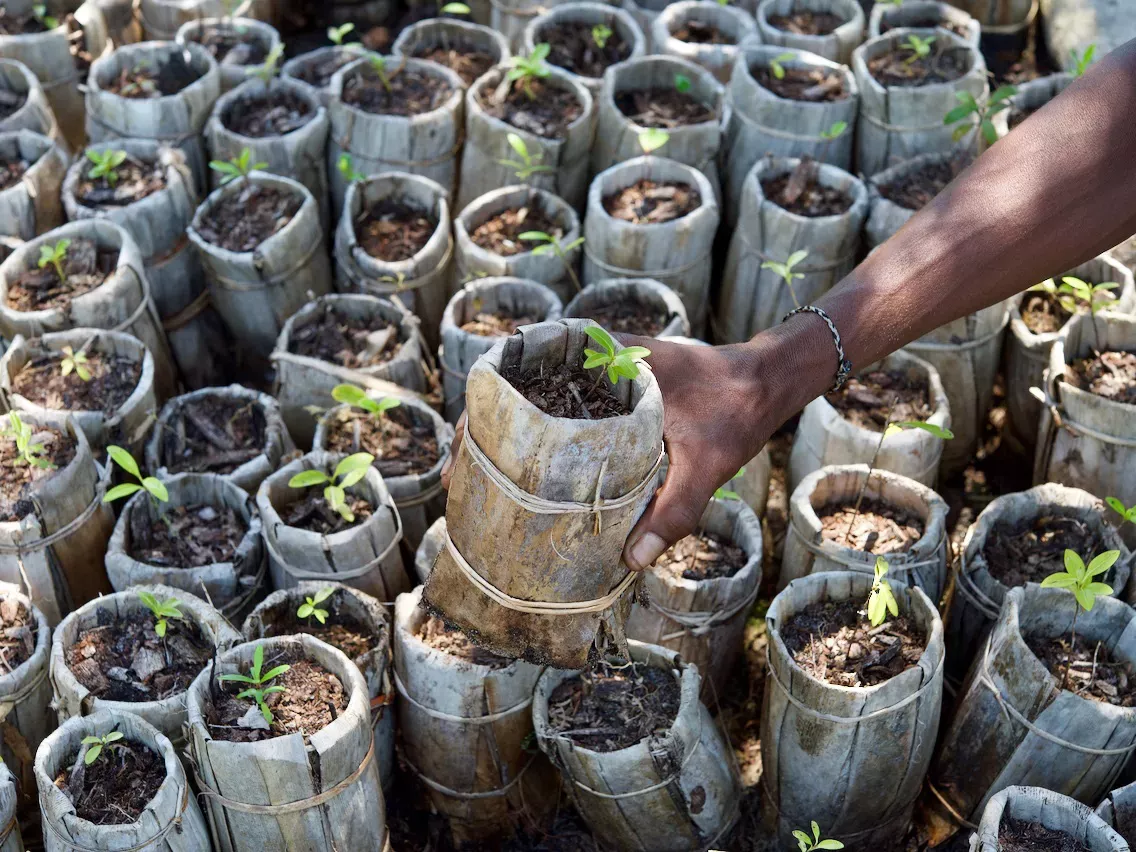
5. Conserve and restore, before creating from scratch
The top priority should be to conserve and restore habitats before creating new ones. All too often, well-meaning but misguided planting of new forests on grassland or peatland end up releasing more carbon than they store and harming more species than they help. Tackling today’s issues within natural ecosystems is far more effective, and much less risky.
6. Design, and manage it with indigenous peoples and local communities, in co-ownership
Whether investing in the UK or internationally, solutions that might look good to policy makers or business people won’t deliver without the total inclusion and cooperation of groups and communities living within the vicinity of a project’s target area. The design of nature investments should have the full consent of communities, with these investments moving towards co-ownership and long-term co-management models with benefits for all.
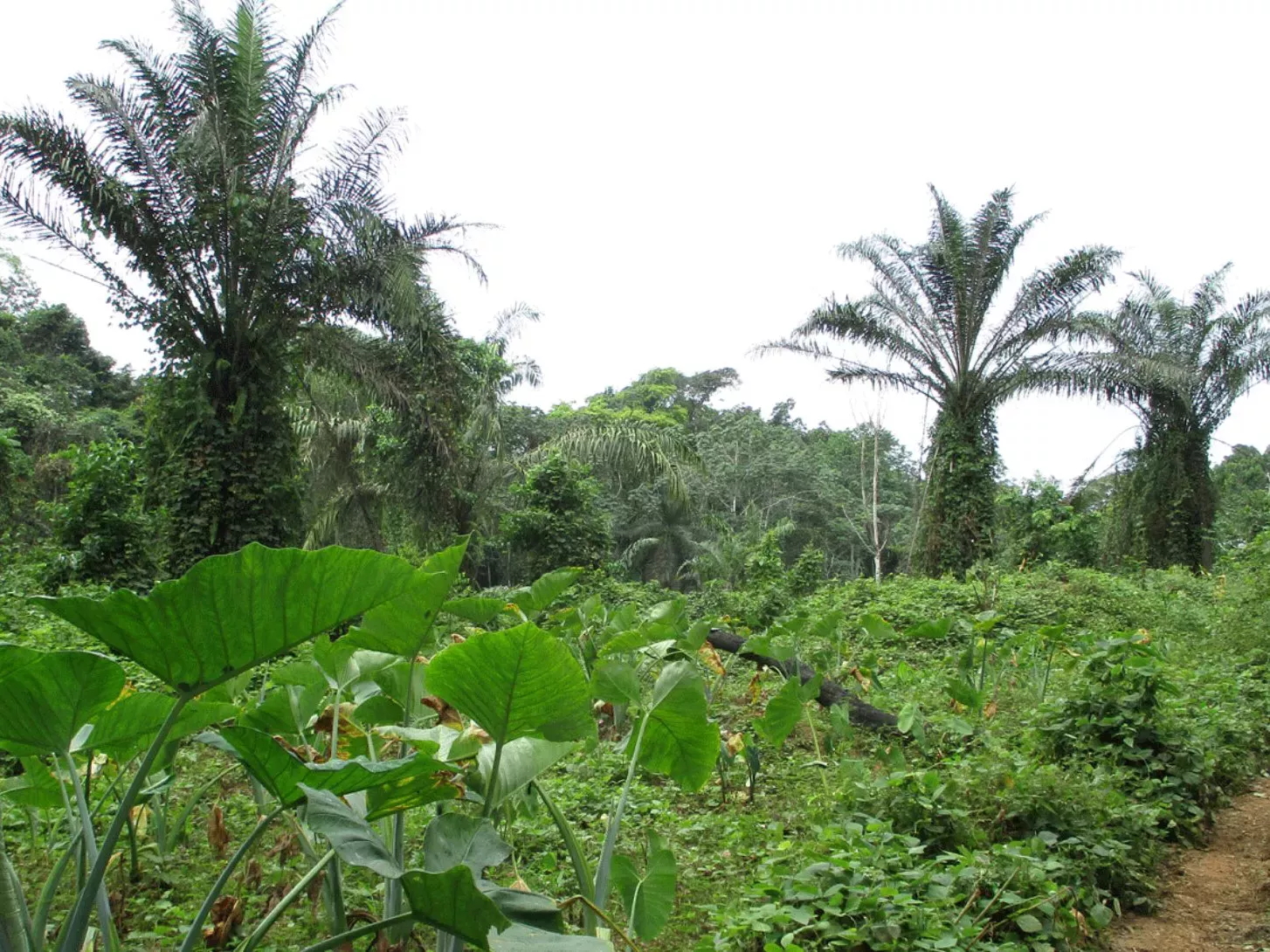
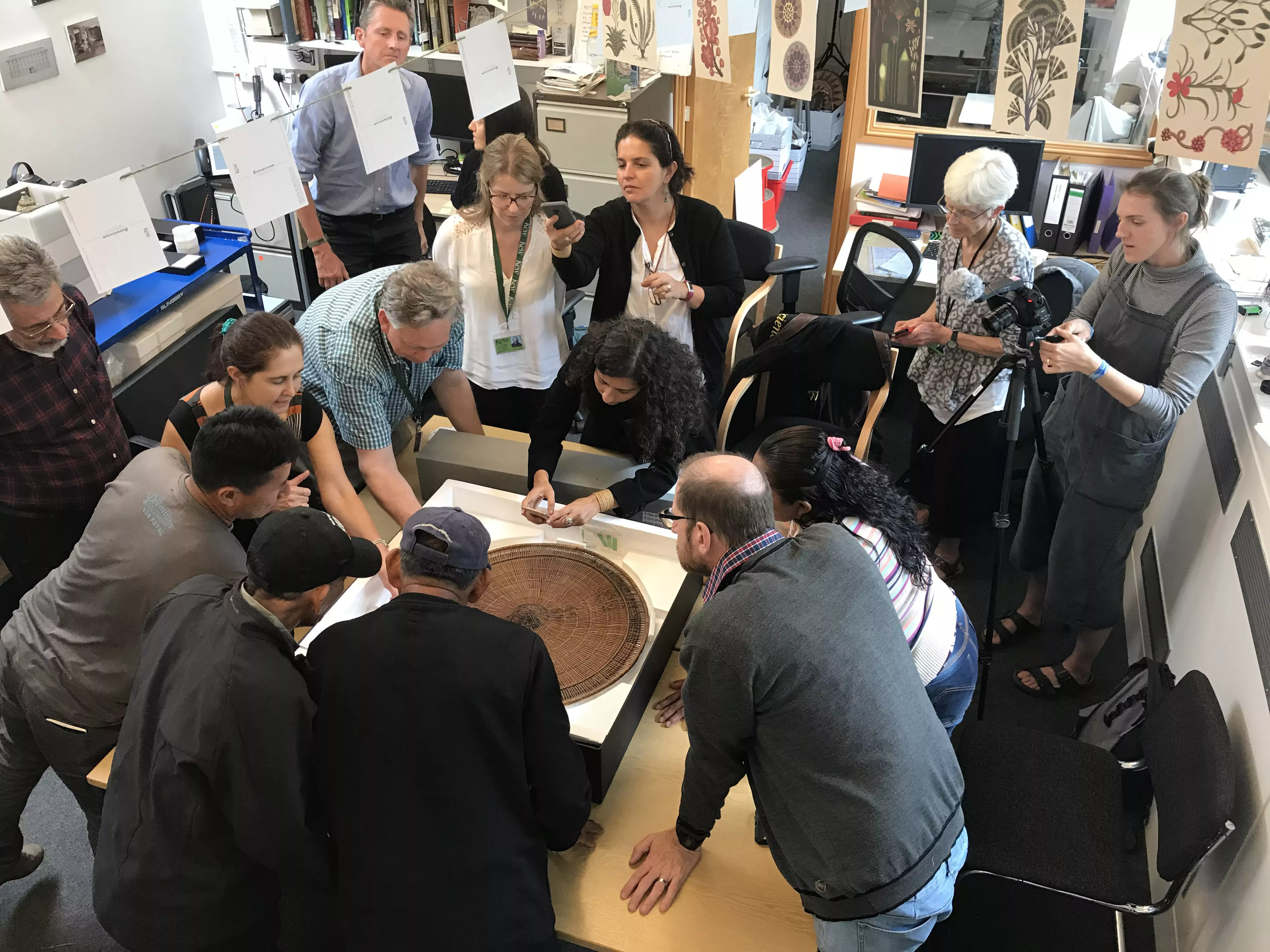
7. Create measurement baselines and invest in technologies for monitoring and reporting on nature
You can’t manage what you can’t measure. To make real change cross multiple sectors, you have to evaluate. This means creating robust evidence-based practices to study the ecological, social, financial and cultural aspects of any nature investment. We can’t rely solely on narrow perspectives such as short-term economic gain or carbon storage alone. A baseline is needed too, it’s something we have to begin with rather than leaving till later.
8. Tailor solutions to each unique location.
It’s obvious really – there’s no “one size fits all” conservation investment in nature. Every location on the planet has a different composition of life attached to it, and different people who call it home. From the structure of a rainforest to the structure of a local government, tailoring the work you support rather than applying the same structure to multiple locations is far more likely to yield success.
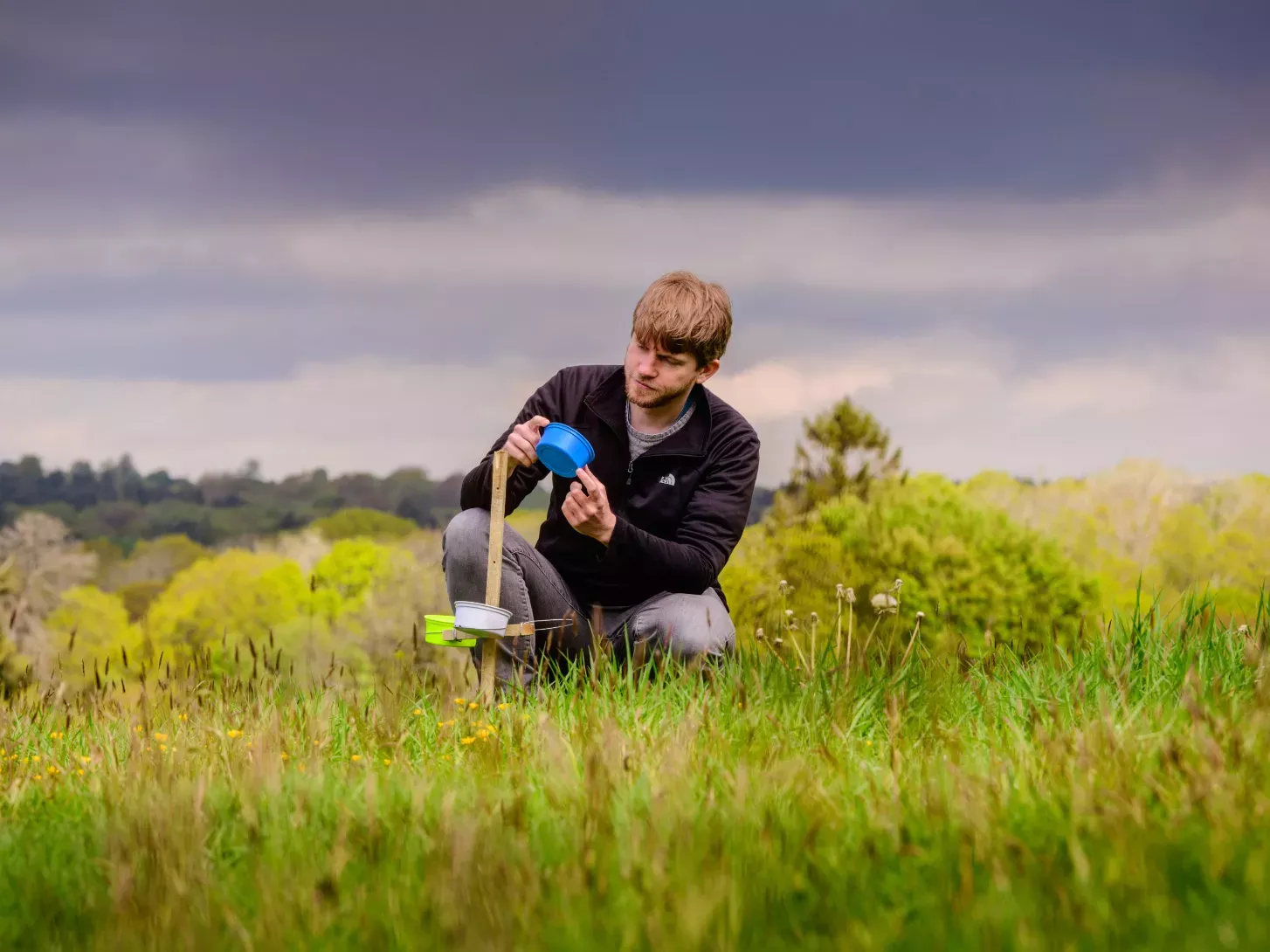
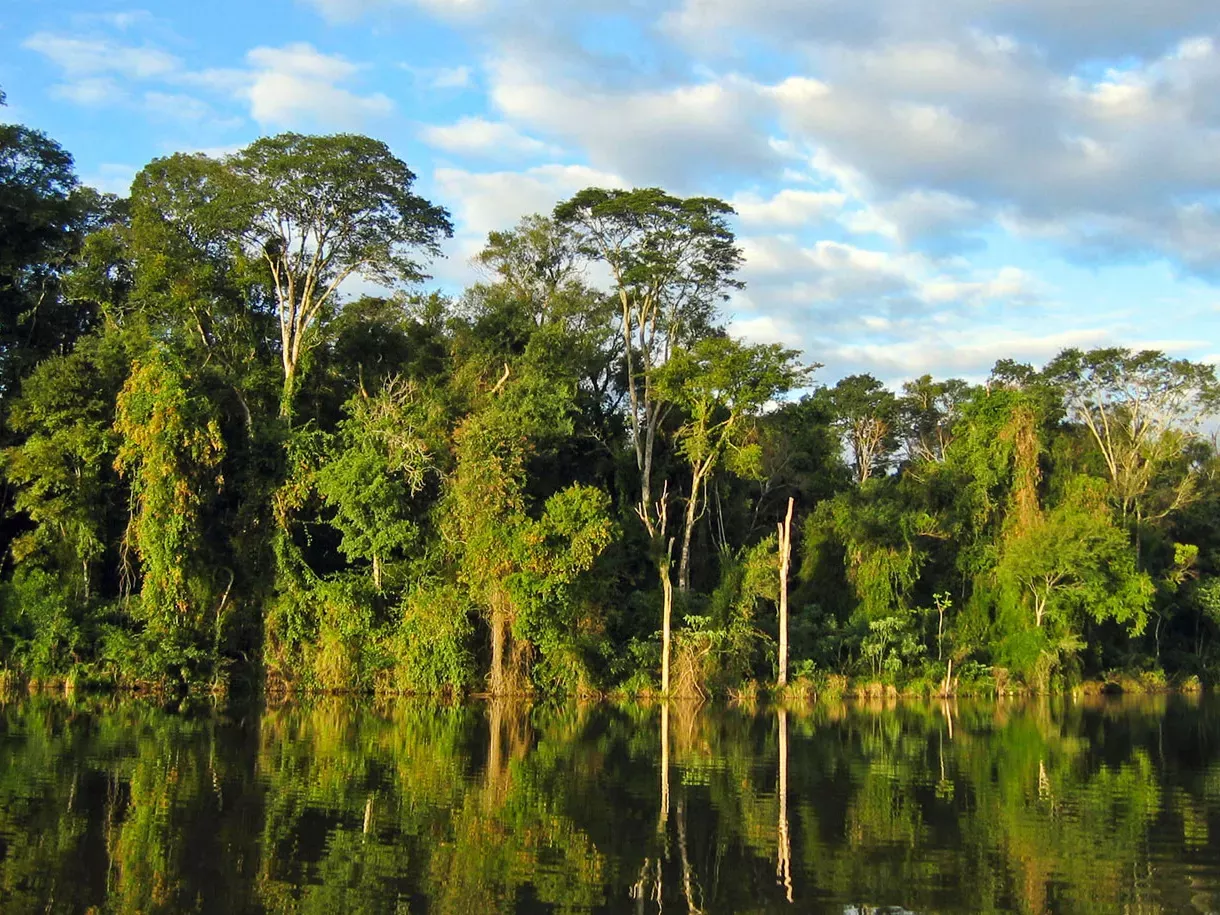
9. Secure funding and long-term monitoring, up-front
Project’s outcomes will take time to develop, particularly true in the case of carbon storage projects. You need to ensure you have the funding to maintain your project long after the initial actions are complete. Long-term monitoring also includes maintaining a long-term relationship with the project stakeholders, and the flexibility to change your approach should any unforeseen negative consequences arise.
10. Support collaborative, science and rights-based partnerships through sustainable finance towards nature positive investments
We’re stronger together. In our experience, the closer you are as an investor to a project and the stakeholders within it, the greater the chances of success. Broad, deep collaboration to develop landscape-level conservation programmes are an achievement in themselves, but at this level the potential exists for even more: wider scale policy change and long-term internationally collaborative action.
This piece of work was supported by Sky, a RBG Kew corporate partner. Sky is committed to net zero by 2030, in line with the SBTi pathways, and has partnered with RBG Kew for four years. The outcomes of this partnership have included the publication of the 10 Golden Rules for Restoring Forests (2021) and The Kew Declaration on Reforestation for Biodiversity, Carbon Capture and Livelihoods, signed by over 3,000 global experts and concerned citizens from 114 countries. Sky has also supported RBG Kew’s Nature Unlocked: the Landscape Ecology Programme at Wakehurst, supporting scientific research on carbon, biodiversity and wellbeing.
